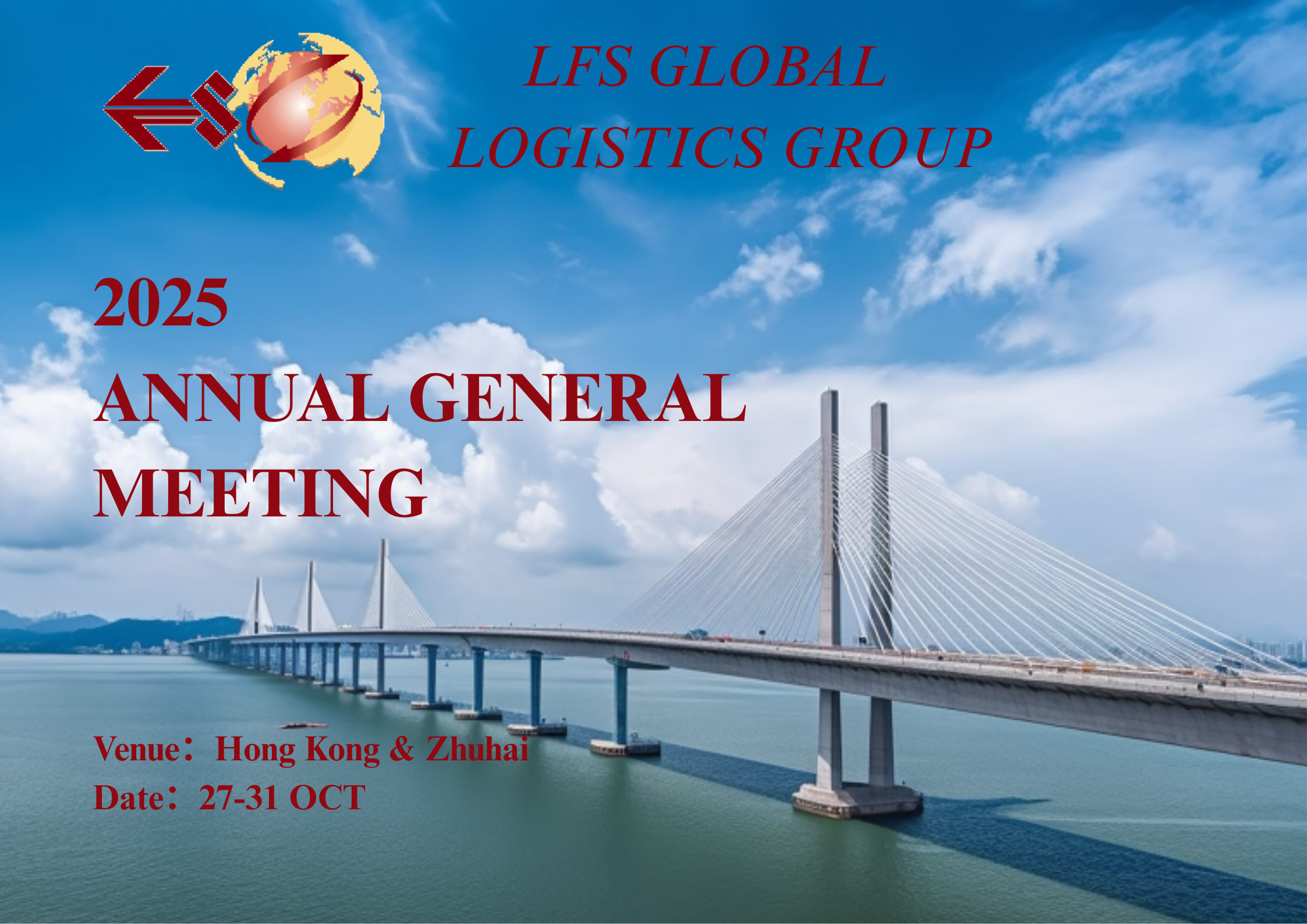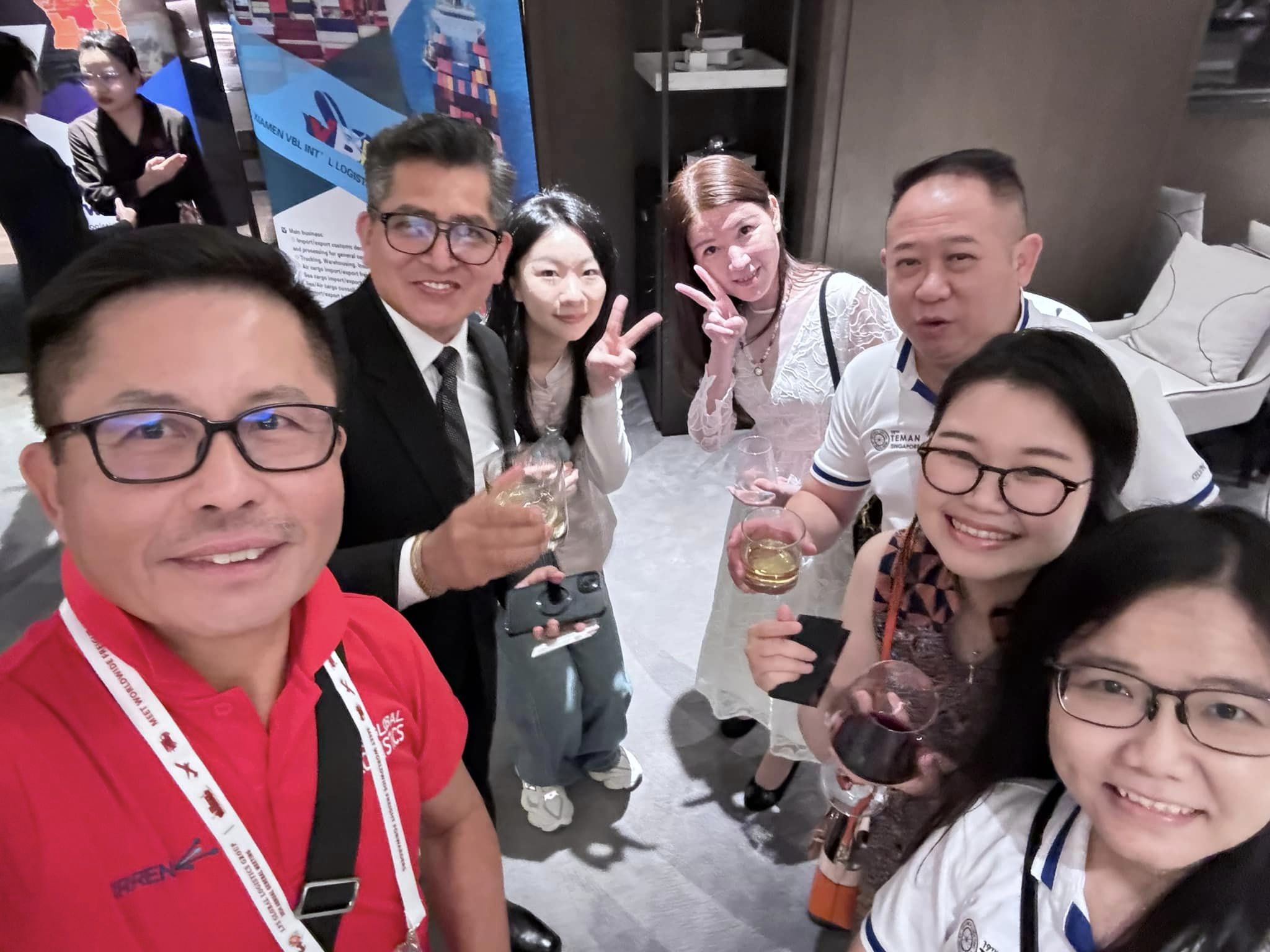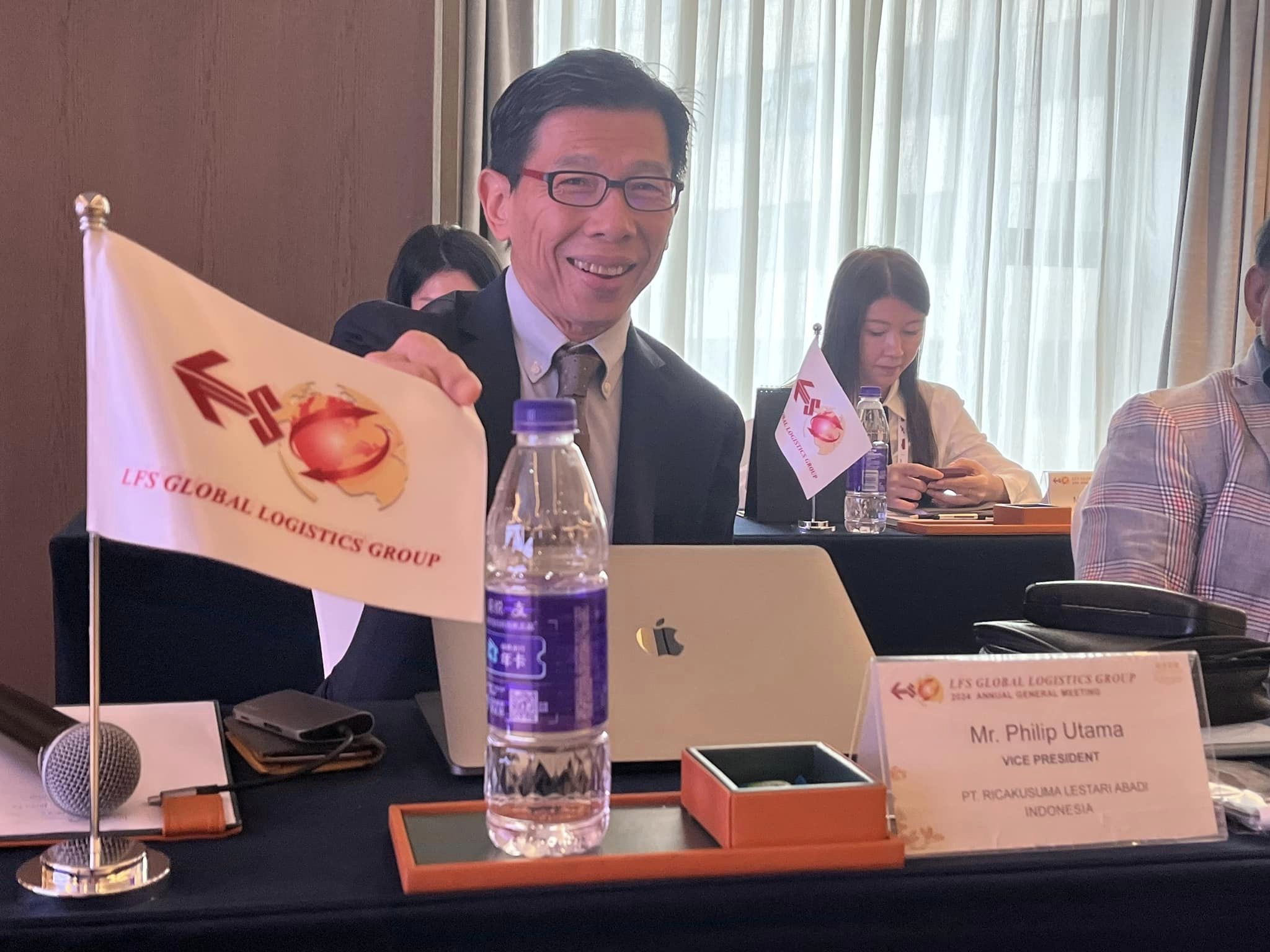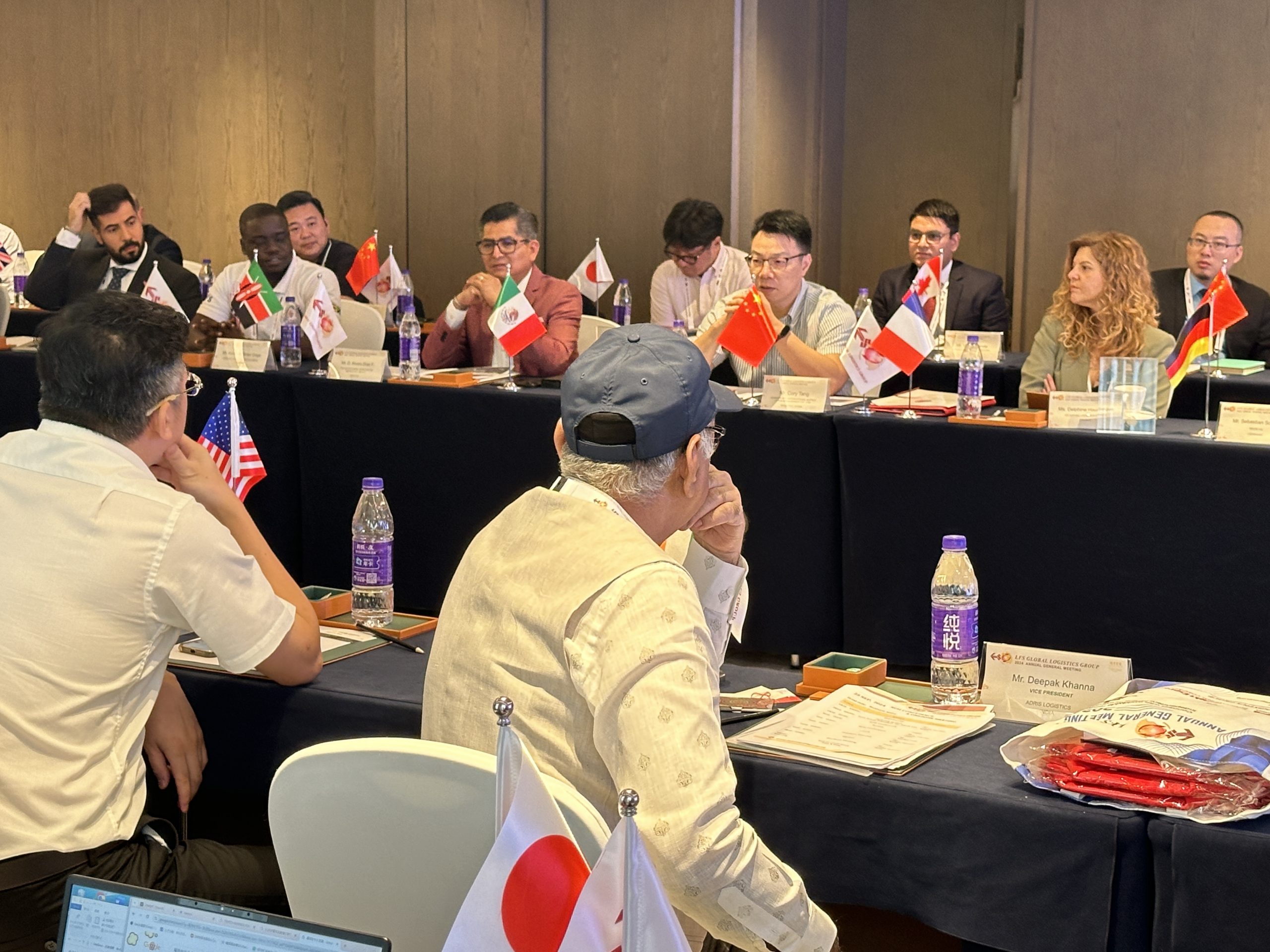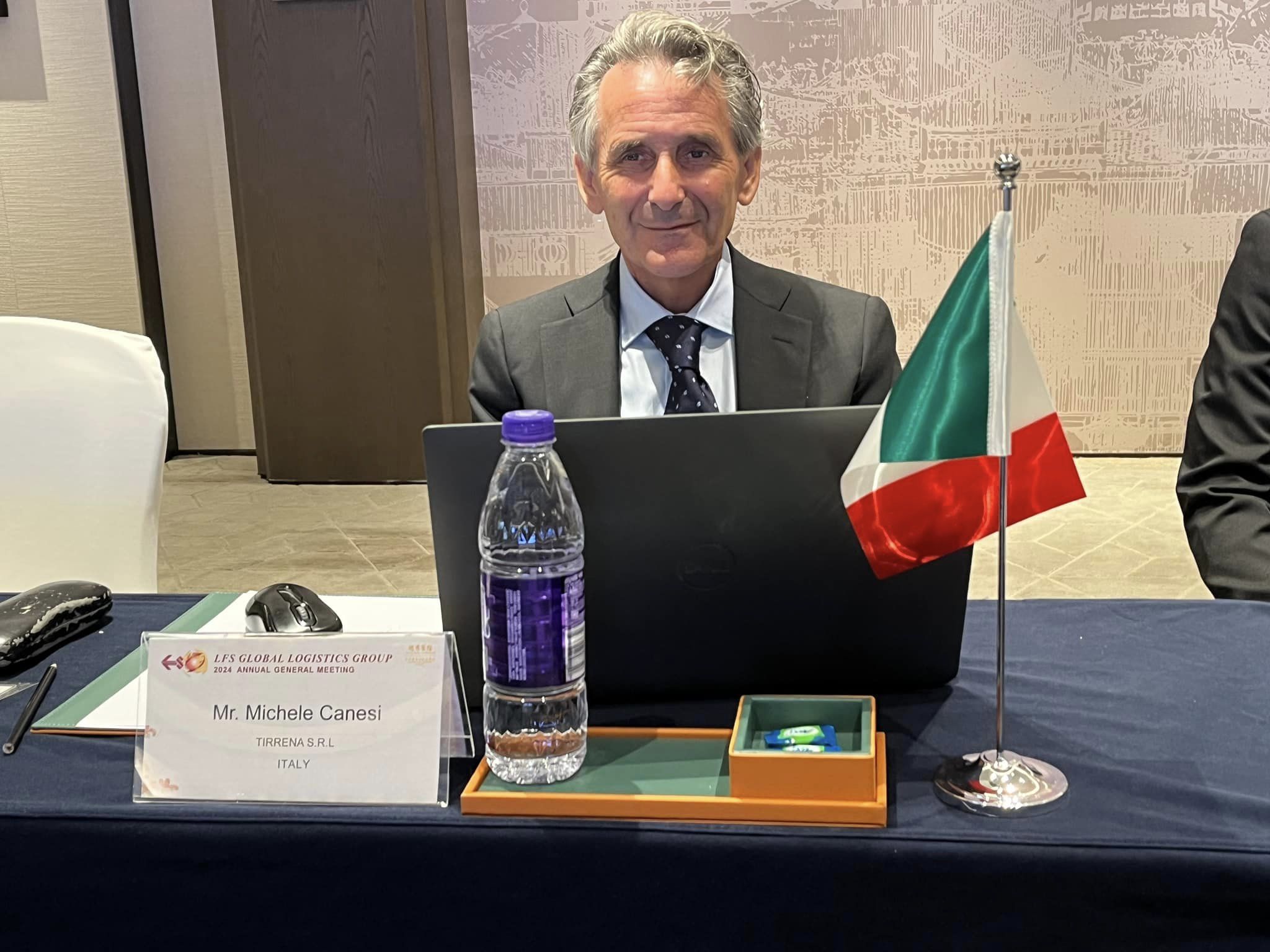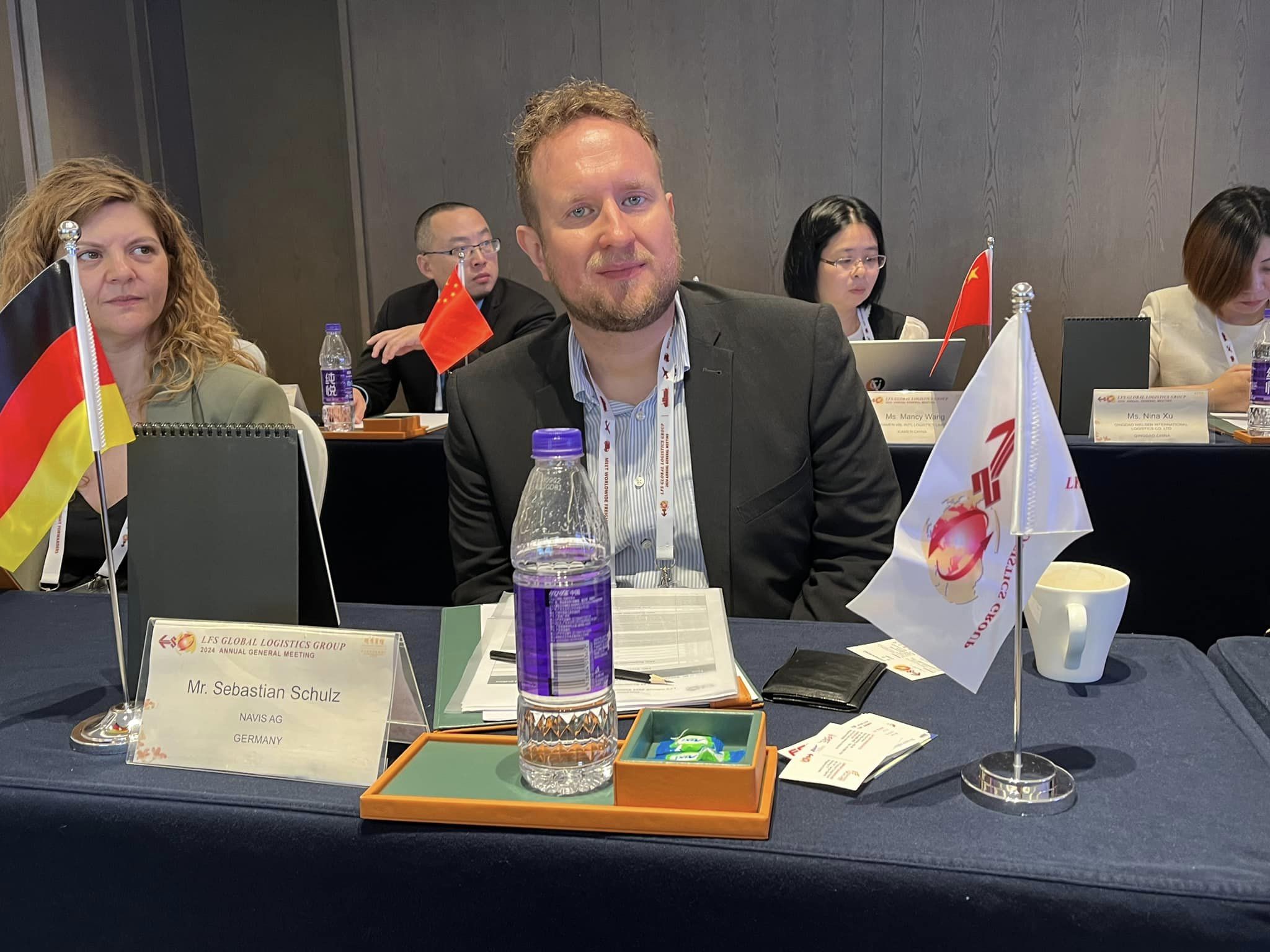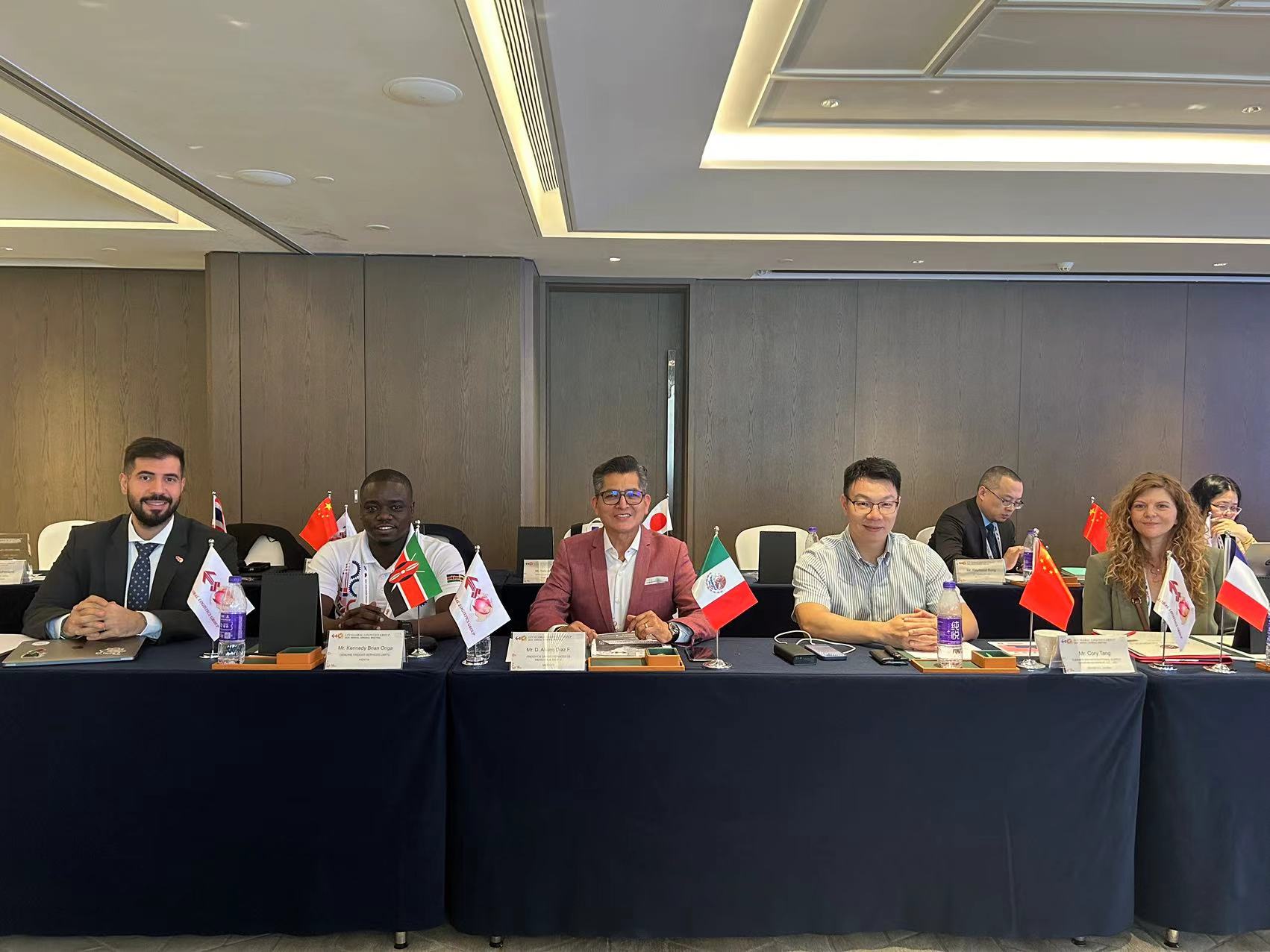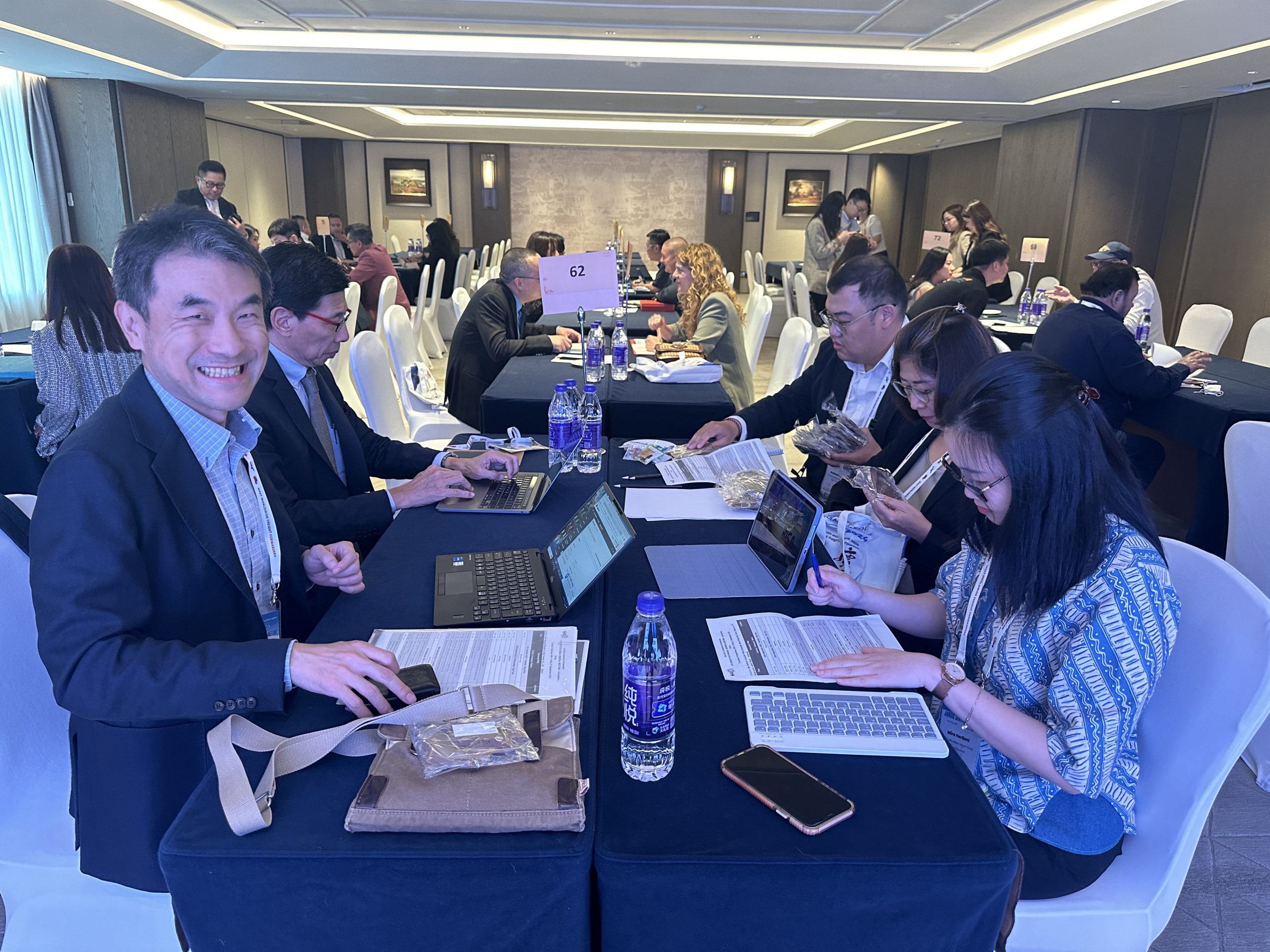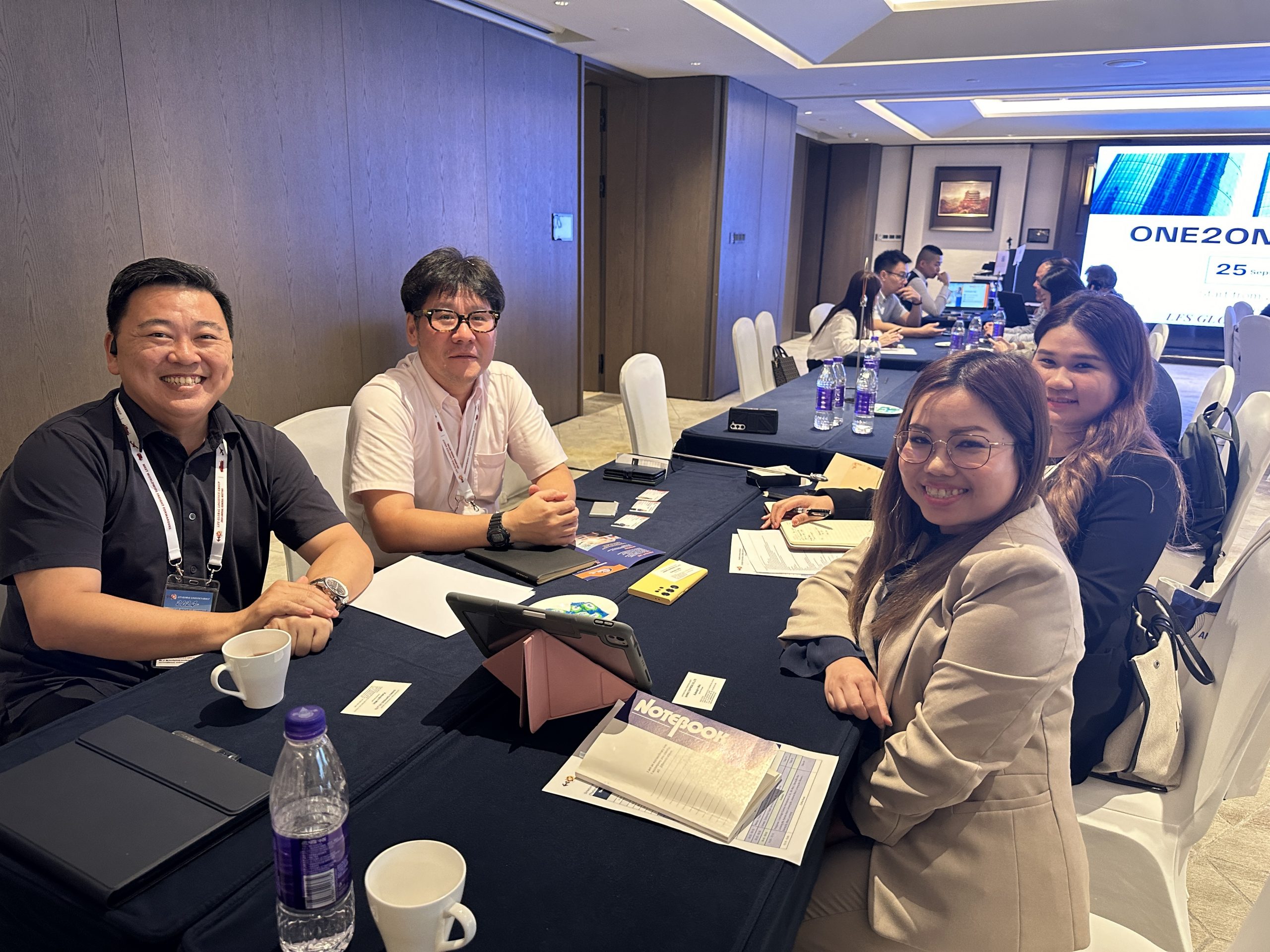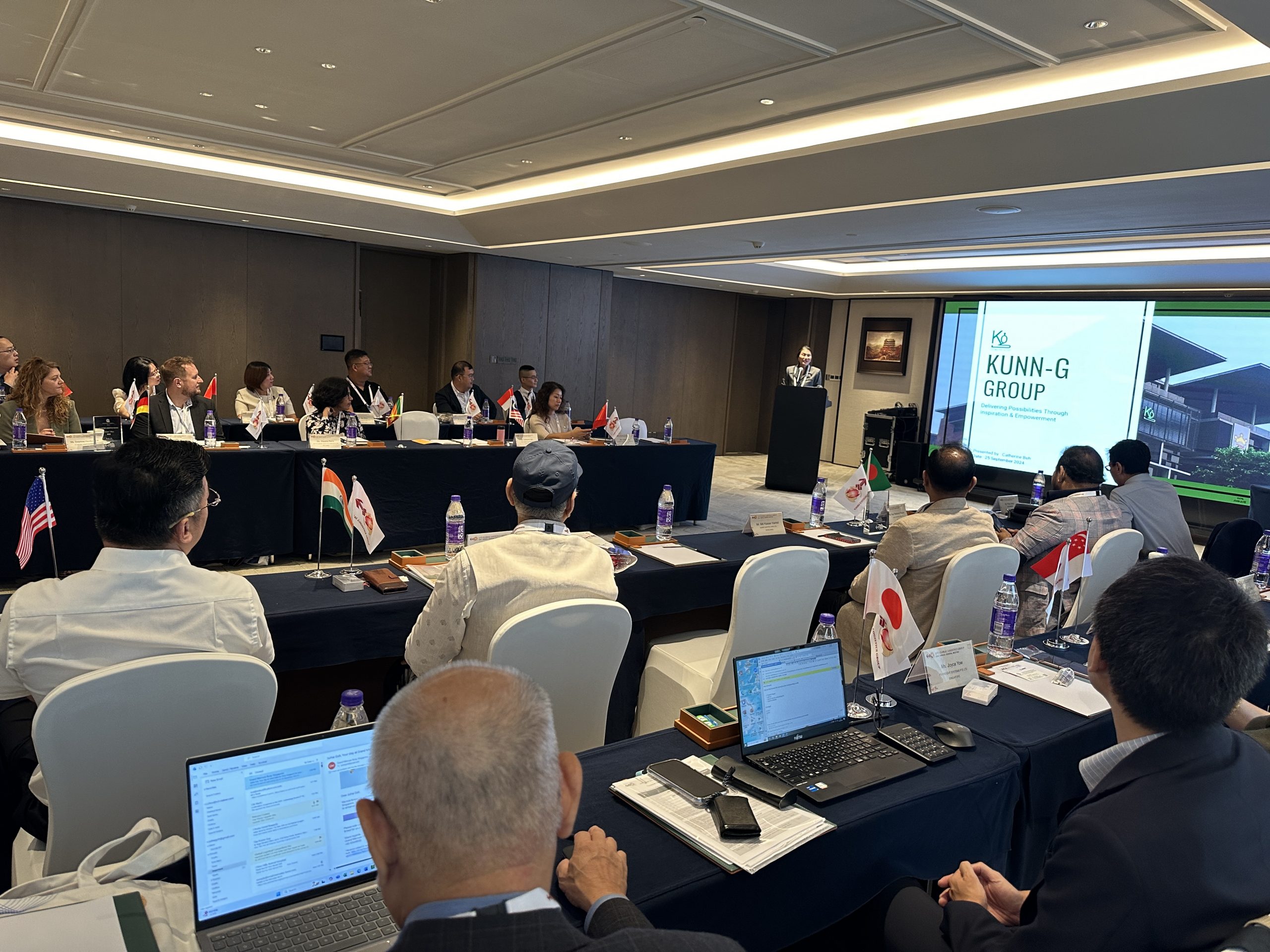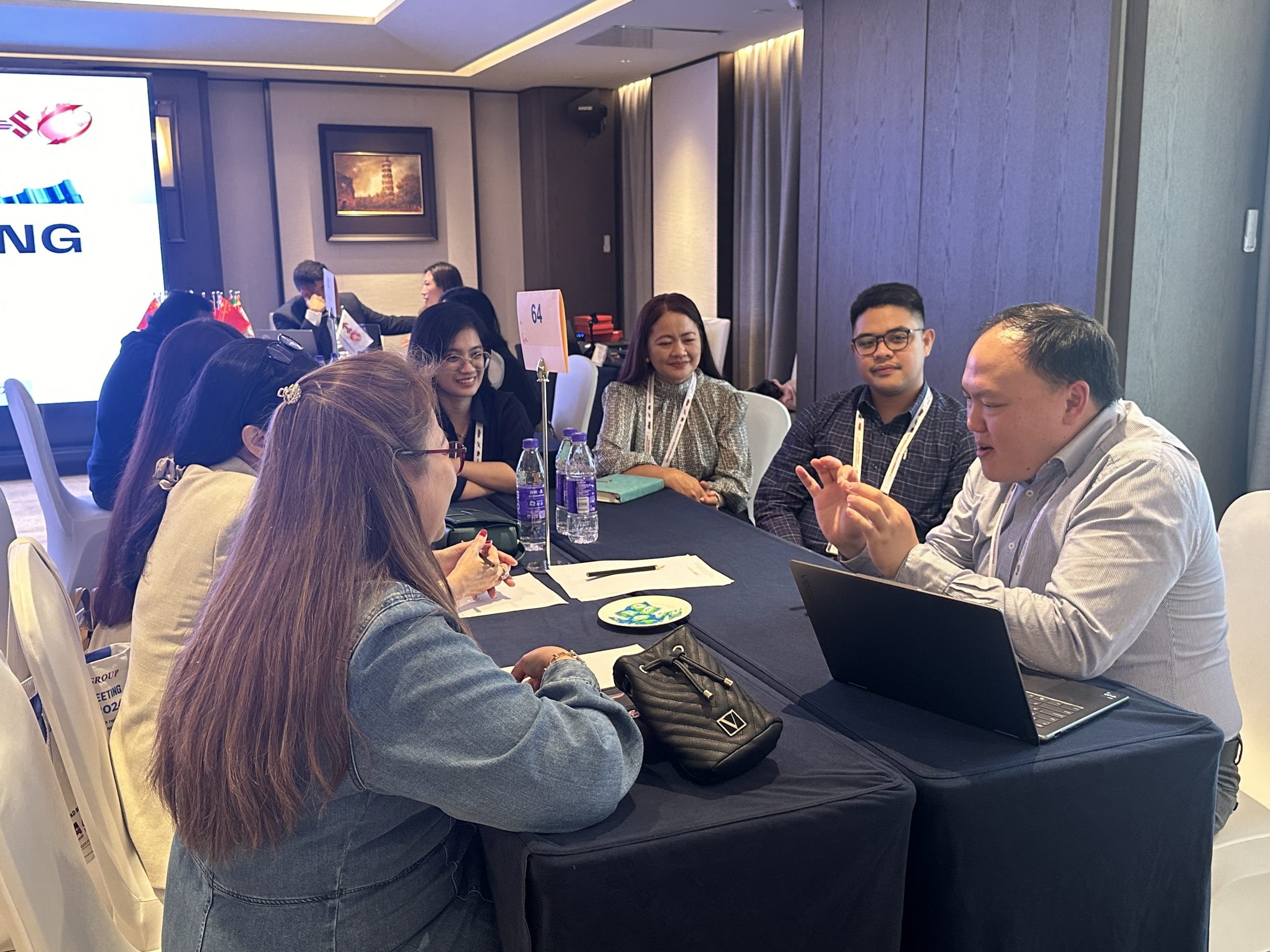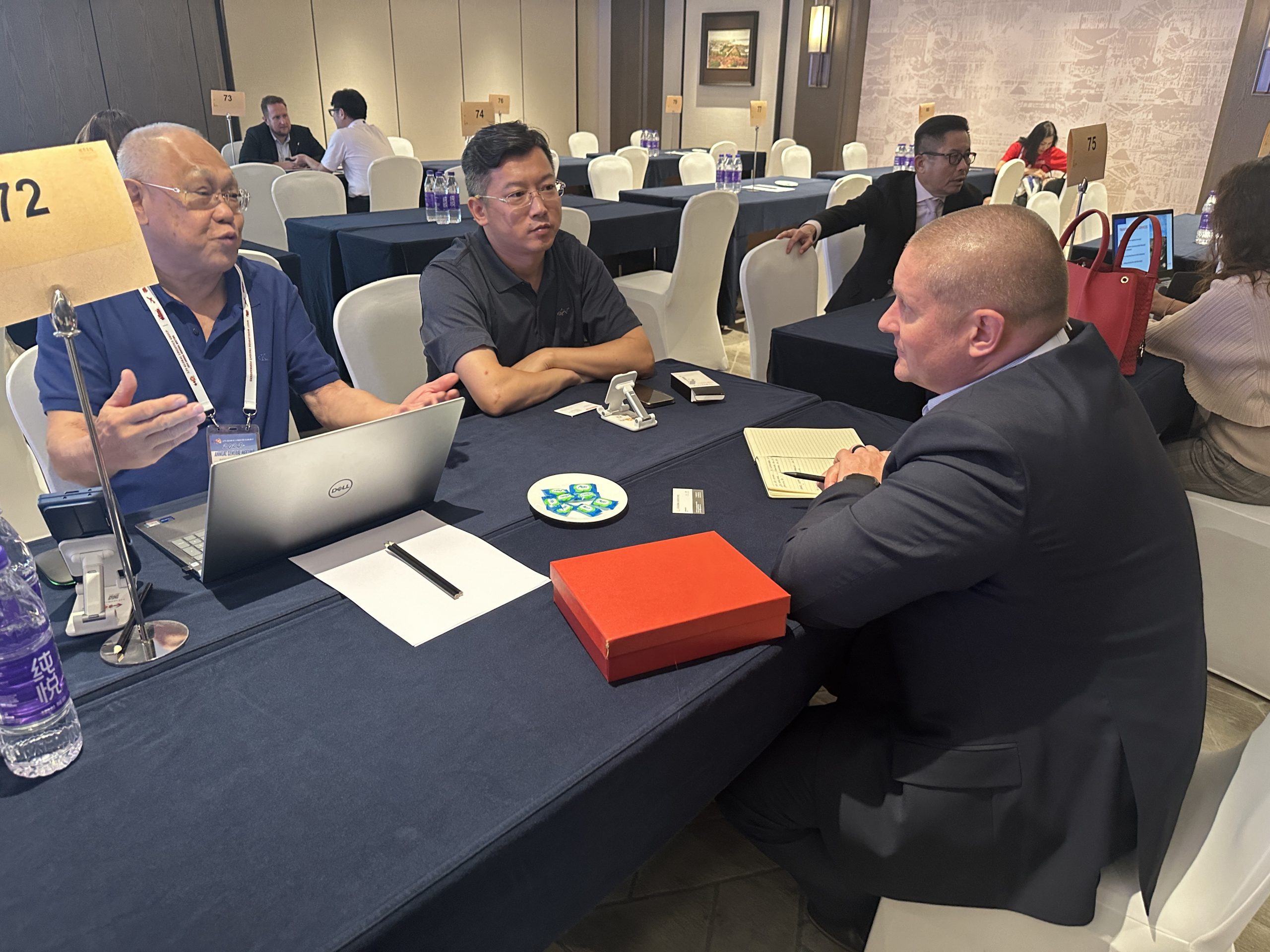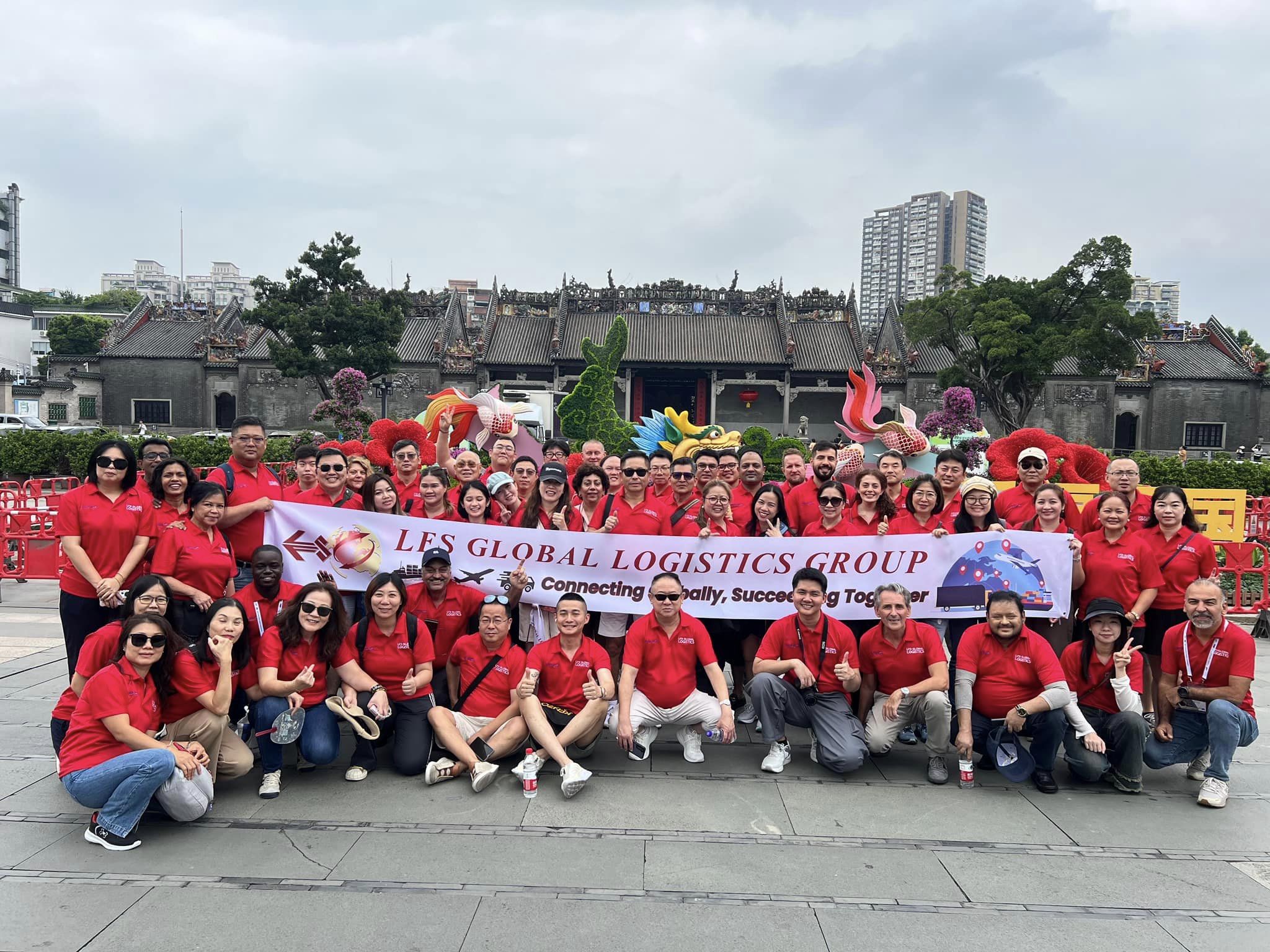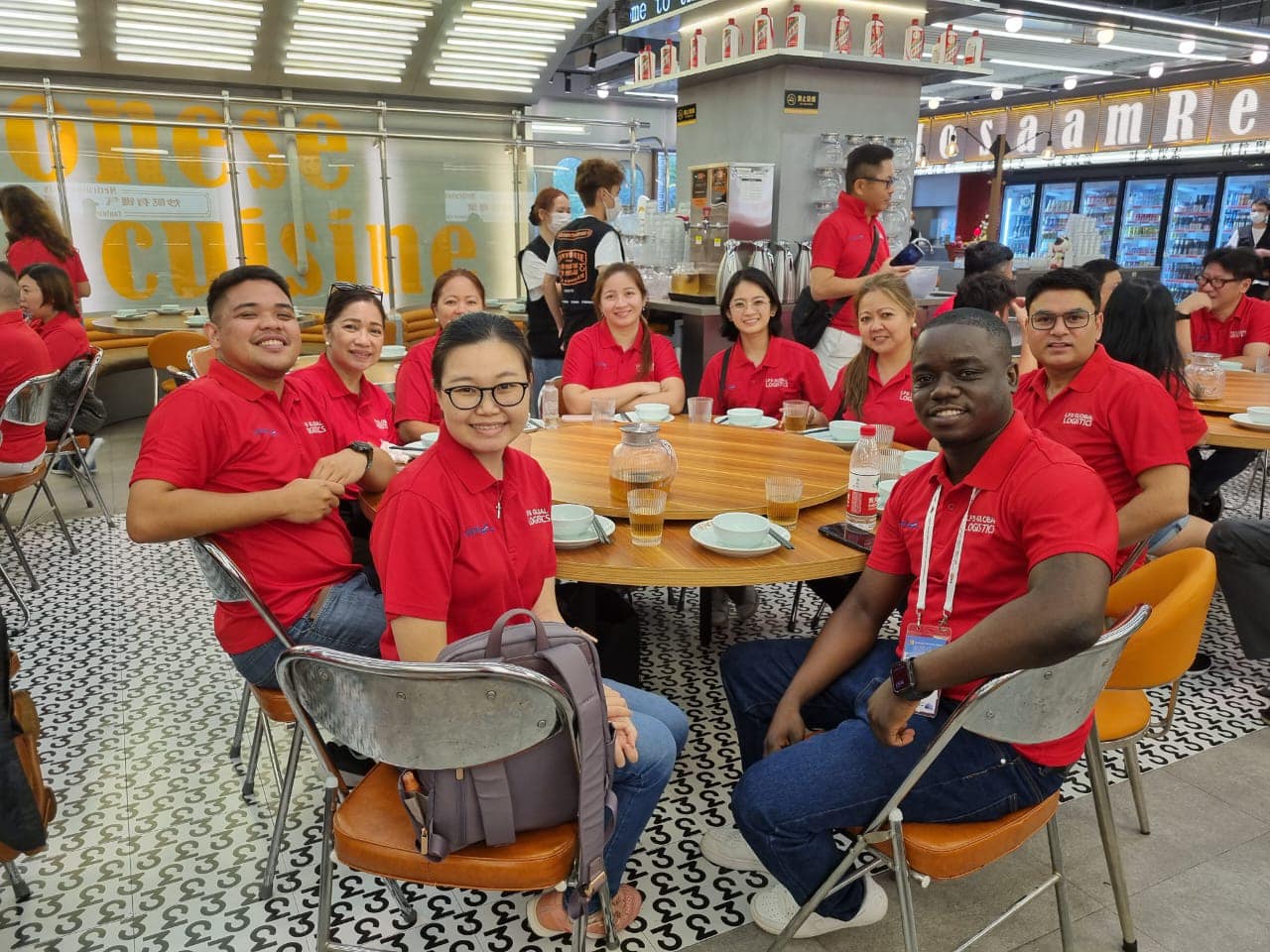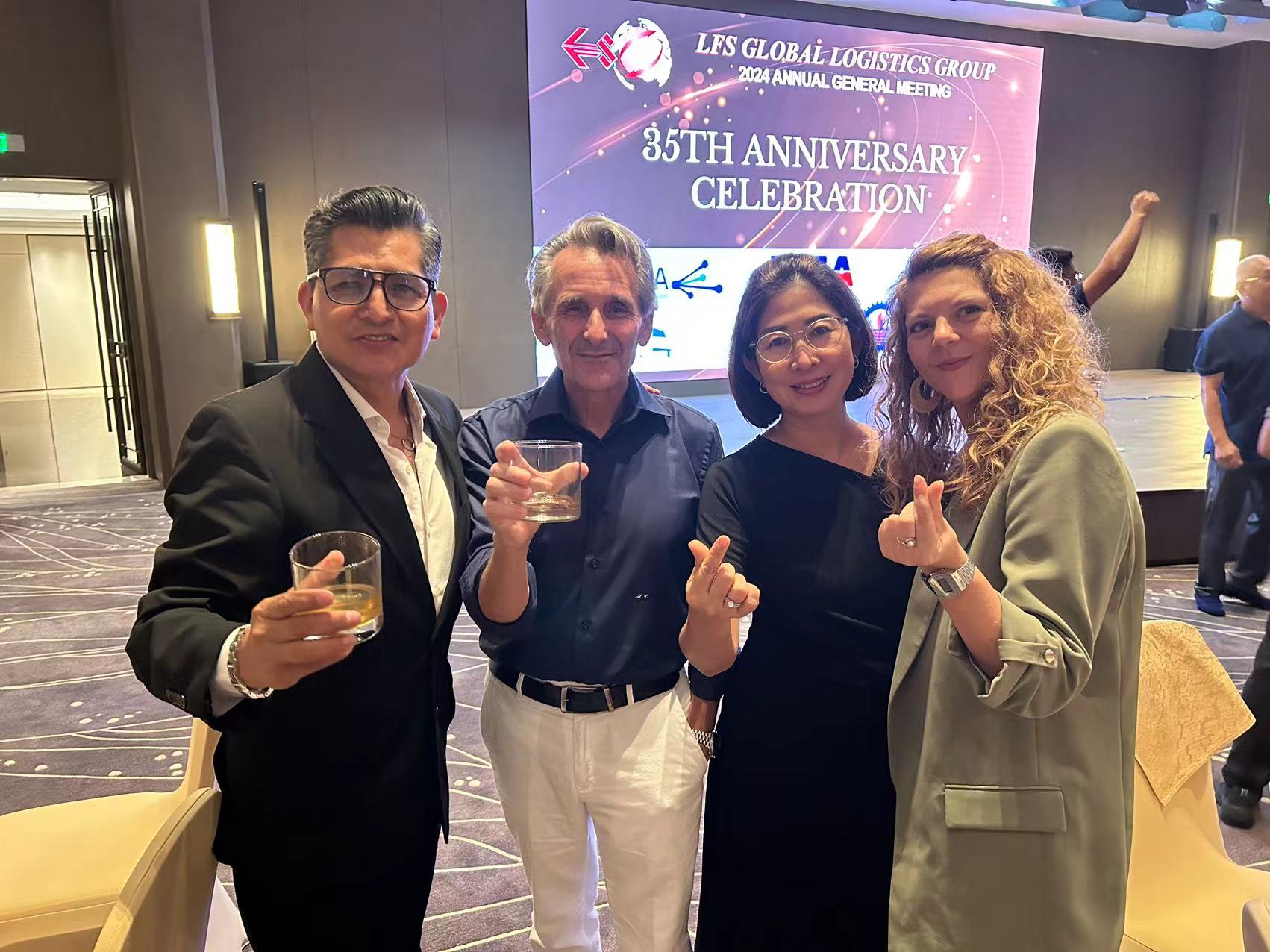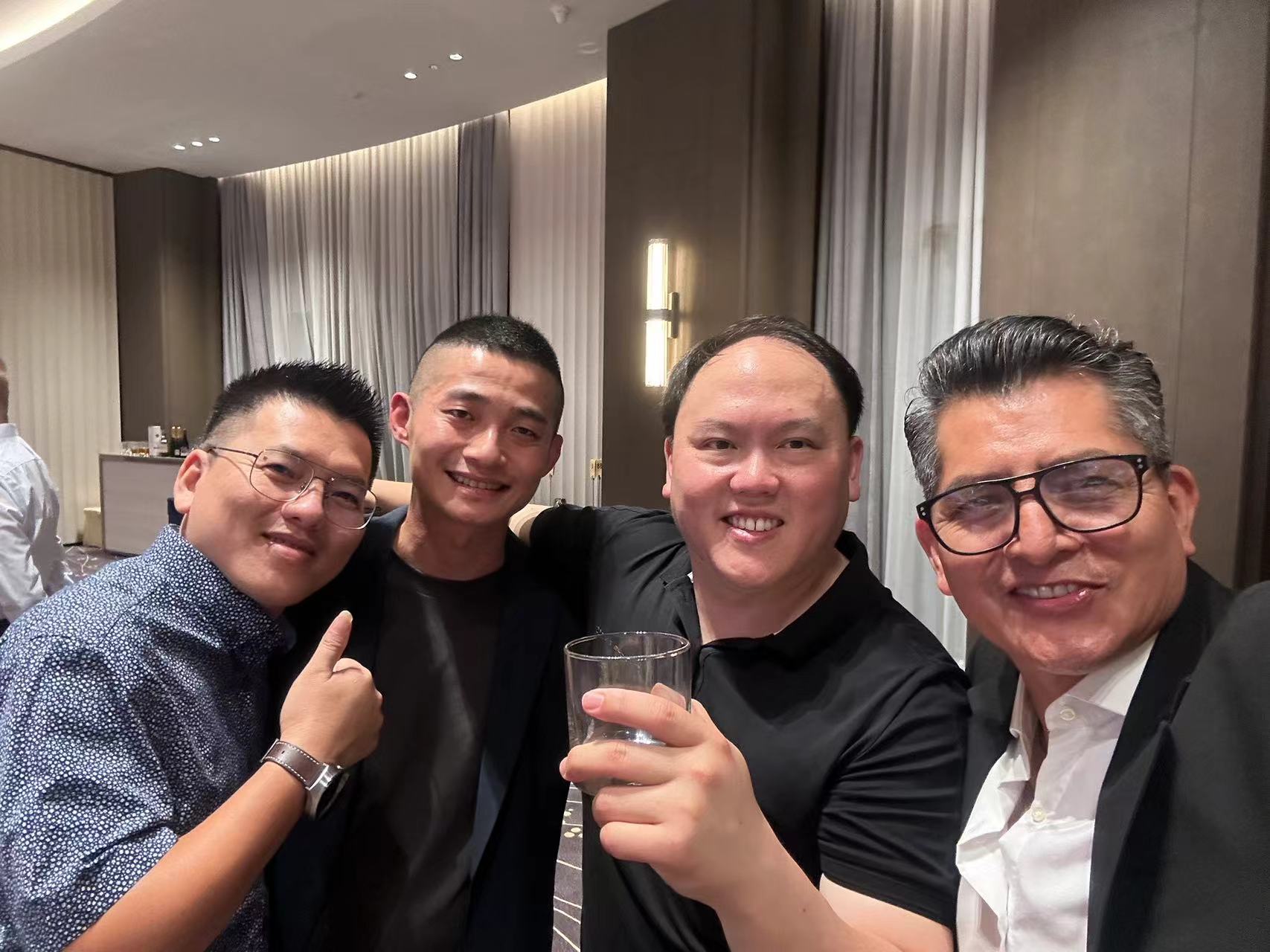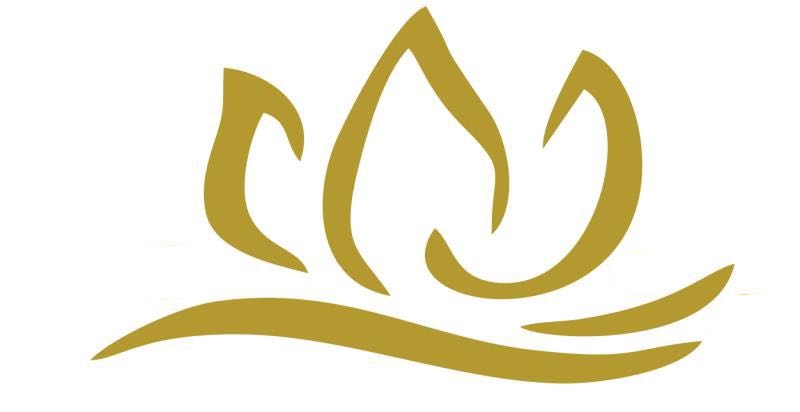
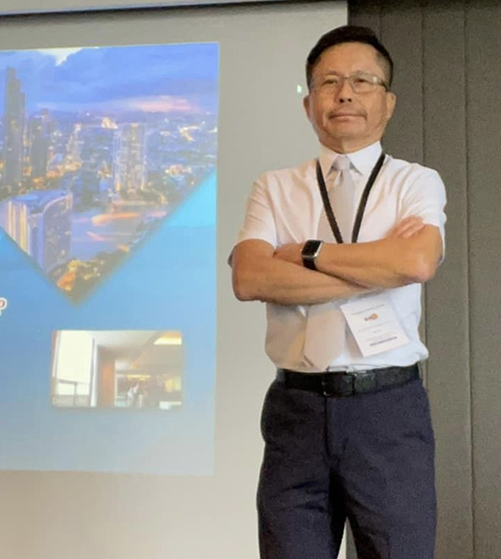
Welcome to the LFS Group
Our mission
The mission of the LFS Group is to provide the highest possible quality of service and complete flexibility at a very fair price to our many valued clients world-wide.
From humble beginnings in Hong Kong, LFS Group has evolved to encompass members covering Asia, Australasia, Europe, North America, South America and Africa.
David Lim
President, LFS Group
Why LFS
In the world of freight transportation, nothing is more important to customers than flexible & consistent services. It s a global alliance that combines the capabilities of multinational forwarders with the personal service of locally owned companies. It is just best of both worlds for the benefits of our valuable customers.
In addition to traditional freight services, LFS members provide a wide range of value added logistics options, quality processes and industry expertise.
LFS is a global extension of a company’s production, delivery and customer service processes. Network members work to establish long term relationship with customers, moving from providing simple forwarding services to creating comprehensive logistics solutions.
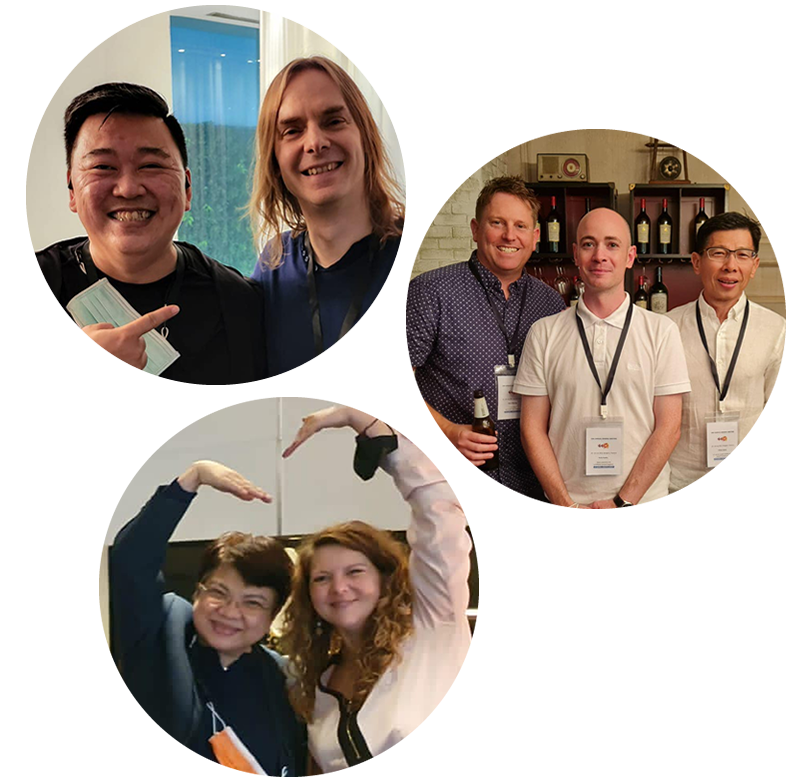
AGM Sponsors
Get in touch
Kindly fill-out the form or feel free to send us
an email and we will get back to you the soonest.
Unit 1711-1712, Tower A, Regent Centre,
63 Wo Yi Hop Road, Hong Kong
+852-2781 0233
Facsimiles: +852-2781 0189
group-secretary@lfsgroup.org


